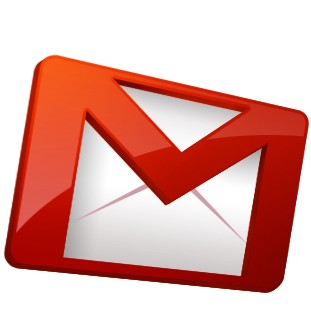
In our estimation, the twenty year history of email marketing can be charted into three distinct time periods. Each time period is marked by a unique theory about best email marketing practices.
Stage One
In the very early days, the wild west of email marketing, companies could send as many emails as they wanted to. Email was so new and consumers were just getting used to the medium as a way to keep themselves aware of what deals and promotions were available. It was so new and effective that consumers were very responsive.
Stage Two
This early stage gave way to the crowded inbox period. This period is marked by an increasing consumer desire to eliminate clutter. Companies, for the first time, were seen as sending unwanted emails that we, as consumers, didn’t ask for. Email because a primary source of all kinds of communication – friends, coworkers, etc. And marketing and promotional emails were just noise in an already crowded channel.
In this middle period, companies were put on notice. Too many emails would get you on the blacklist. Consumers were eager to unsubscribe and hit the spam button. Marketers had to be more cautious, which ended up leading to higher quality – both in terms of email content and strategy.
It also led Google, and other email providers to develop better processes and filters to design email that was more convenient for the end user. That meant separating promotional emails from other types of emails.
Stage Three
Now we are entering, or have entered, a third stage of email marketing. This third stage is designed around these new filters and folders, where consumers have more choice and more control. The companies that are winning with email marketing now have responded to consumer demand and behavior, earning and working to maintain constant authority from their customer base, who actively subscribe to emails that they receive value from.
The bad thing is that companies that never figured out how to win with email are now lost. The good news, though, is that for the companies that managed to successfully transition or develop smart email programs for this stage are performing even better than before.
Recent reports attribute up to 40x returns on email marketing investment. It remains the marketing channel with the single highest ROI.
How Many is Too Many
The question of how many emails is too many is one that each company has to answer for themselves. And that’s why it’s a question we all have. Because there is no best practice solution, no answer that I, or any other expert can offer.
So long as you are delivering value, and seeing the response rate required to exceed your investment in the medium, you can keep sending those emails. So long as you are personalizing the experience for your users, segmenting and scheduling your sends so that emails have a purpose, meeting or exceeding consumer expectations, you will continue to succeed.
No amount of marketing emails is too much if you are keeping your subscribers happy.